Recently on a cultural tour on the slopes of Mt. Meru, I got the chance to learn about the Wa-arusha tribe and how they live.
The tribe were of Pare origins who used to live in the Kilimanjaro area. They first arrived in the now Arusha area in the 1830’s where they settled into the Selian area of town. Most of the people at the time there were Maasais. The Wa-arusha tribe took on a lot of the Maasai traditions but they are still very different.
Yes, the Wa-arusha still speak the same language as the Maasai but they agriculturalists whereas the Maasai have remained pastoralists. The Wa-arusha pride themselves on being productive farmers and even though they have been farming the same land for generations, they still manage to keep the land fertile through protection of the soil and conservation of nature.
In the area where we were (some 10km east of Arusha) we saw plenty of traditional houses. Of course many people dream to progress and live in modern houses, but it was still nice to see how some families wanted hold on to their traditions.

Homes resemble the style of the Maasai. The materials used are similar; mud, cow dung, branches and trees, but the roofs are different – the Wa-arusha use corrugated sheets whereas the Maasai use grass.
The social setup of the houses is also different. The men live in box shaped houses and their wives live in round houses. So it is easy to tell how many wives a man has, counting the number of round huts in a boma. Although jealousy does sometimes occur between wives, they seem to live in harmony with each other. When they prepare food for their husband each wife prepares a different dish which is then eaten at the husband’s house.
The guides told us that in the Wa-arusha culture the children are not allowed to see their mother going into their father’s house to sleep. The man invites a wife he wants every night, but the chosen wife can only go there after all the kids are asleep.
The children are not allowed to live with the father, they stay with their mothers, but boys move out when they reach maturity. Sometimes they build their own house next to that of their father or they move out completely to start their own bomas.
The Wa-arusha almost always have livestock near their houses. Cows, sheep, goats and donkeys are allowed to graze in the gardens during the day but at night the women bring the animals inside to keep them safe.
We got the chance to see the round huts from the inside. The huts are dark so my eyes took a few minutes to adjust to the darkness…
As you enter the first thing that hits you is the strong smoke from the fire as all cooking is done indoors.

The kitchen is in the middle of the hut and at night this is also where the animals rest. The family sleeps along the sides of the hut.
The guide explained to us that the shelves in the hut are for storing bananas when they needed to be ripened. I could not stay inside for long as the smoke was burning my eyes and I had to get fresh air.
Still, I was impressed with how clean the houses were and also the finishing outside was immaculate. In comparison to the Maasai huts the ones from the Wa-arusha were definitely more spacious and somehow felt more stable.
 on Tripadvisor
on Tripadvisor
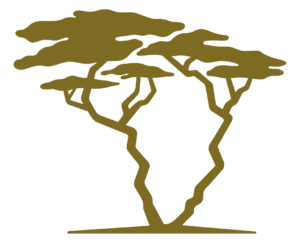
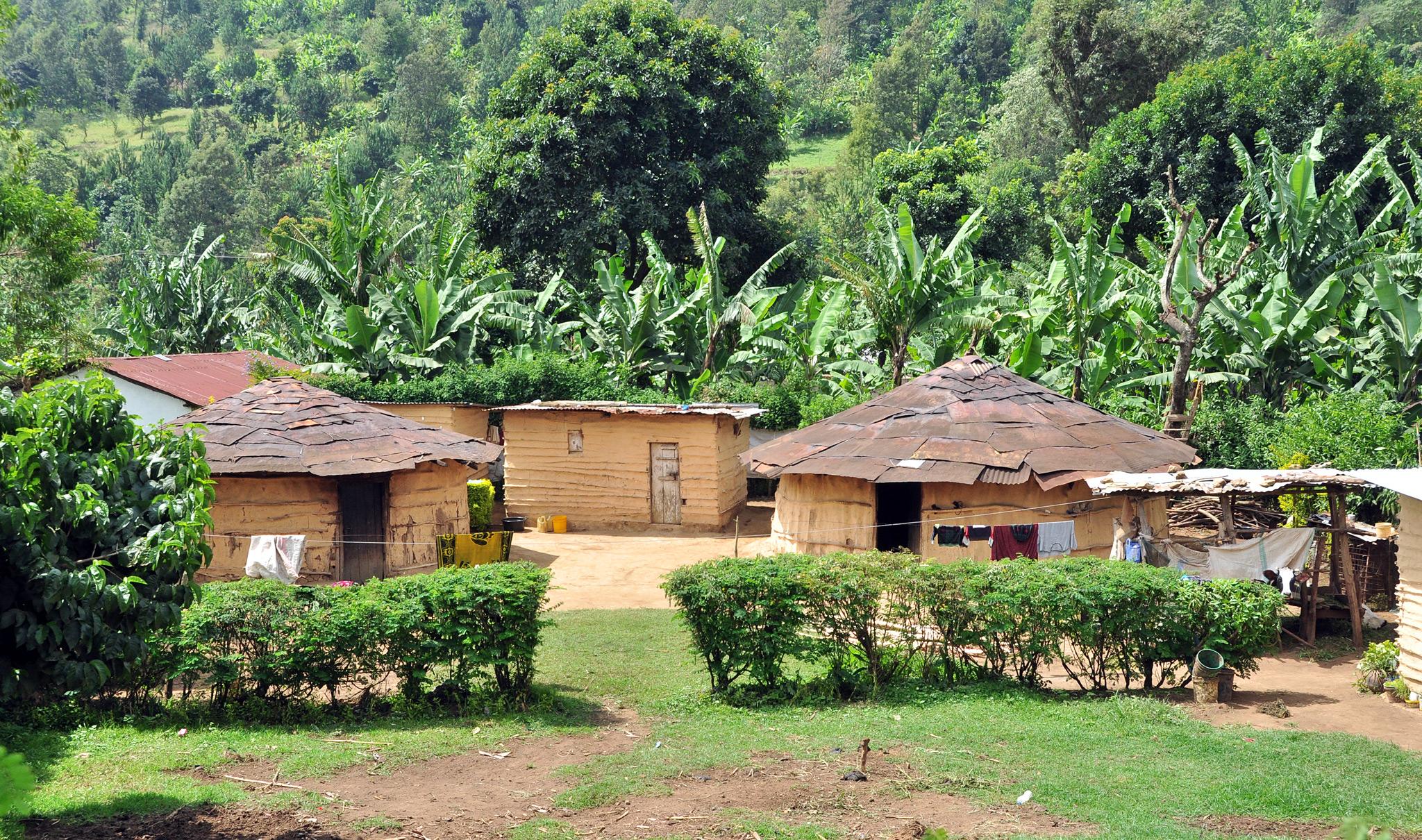
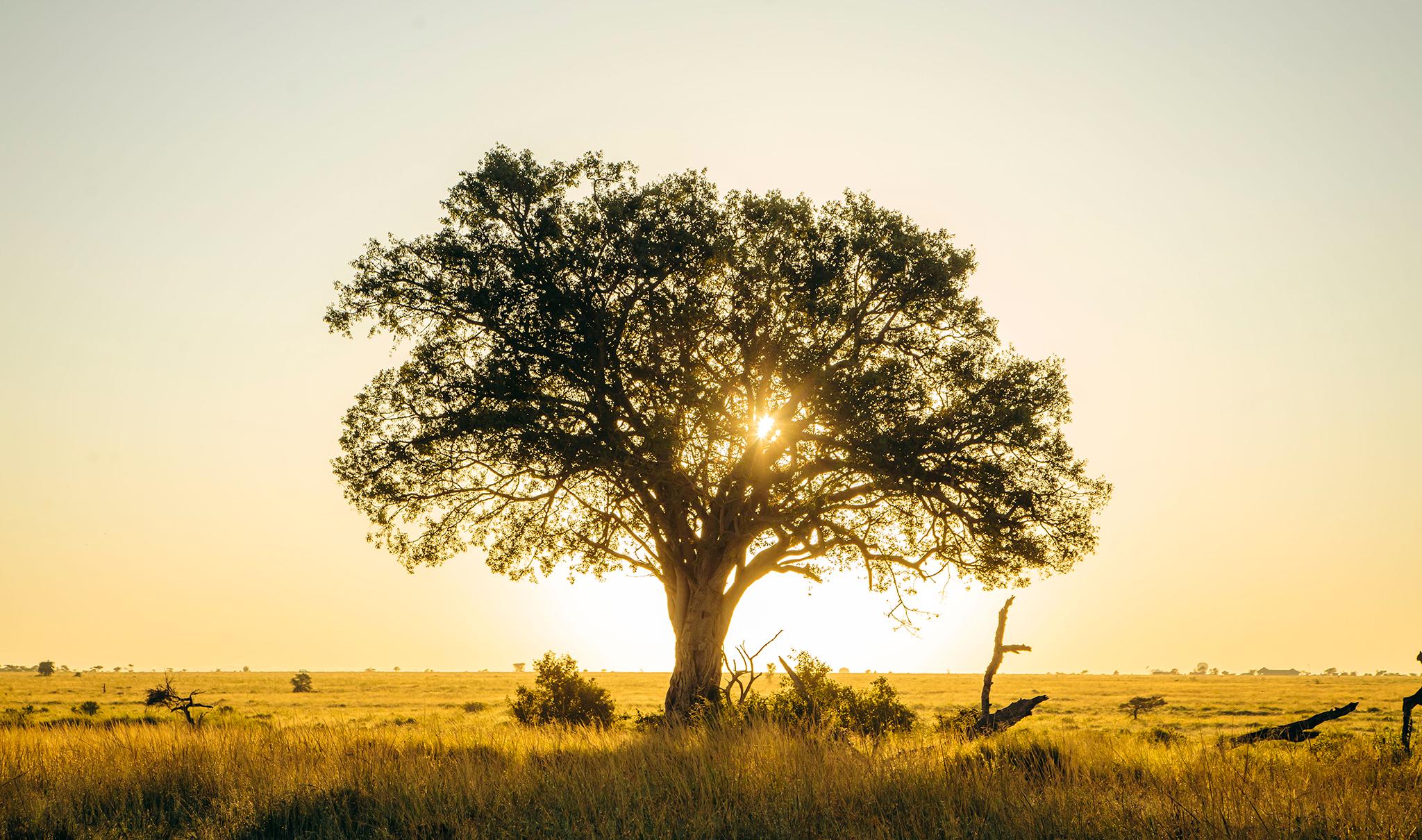
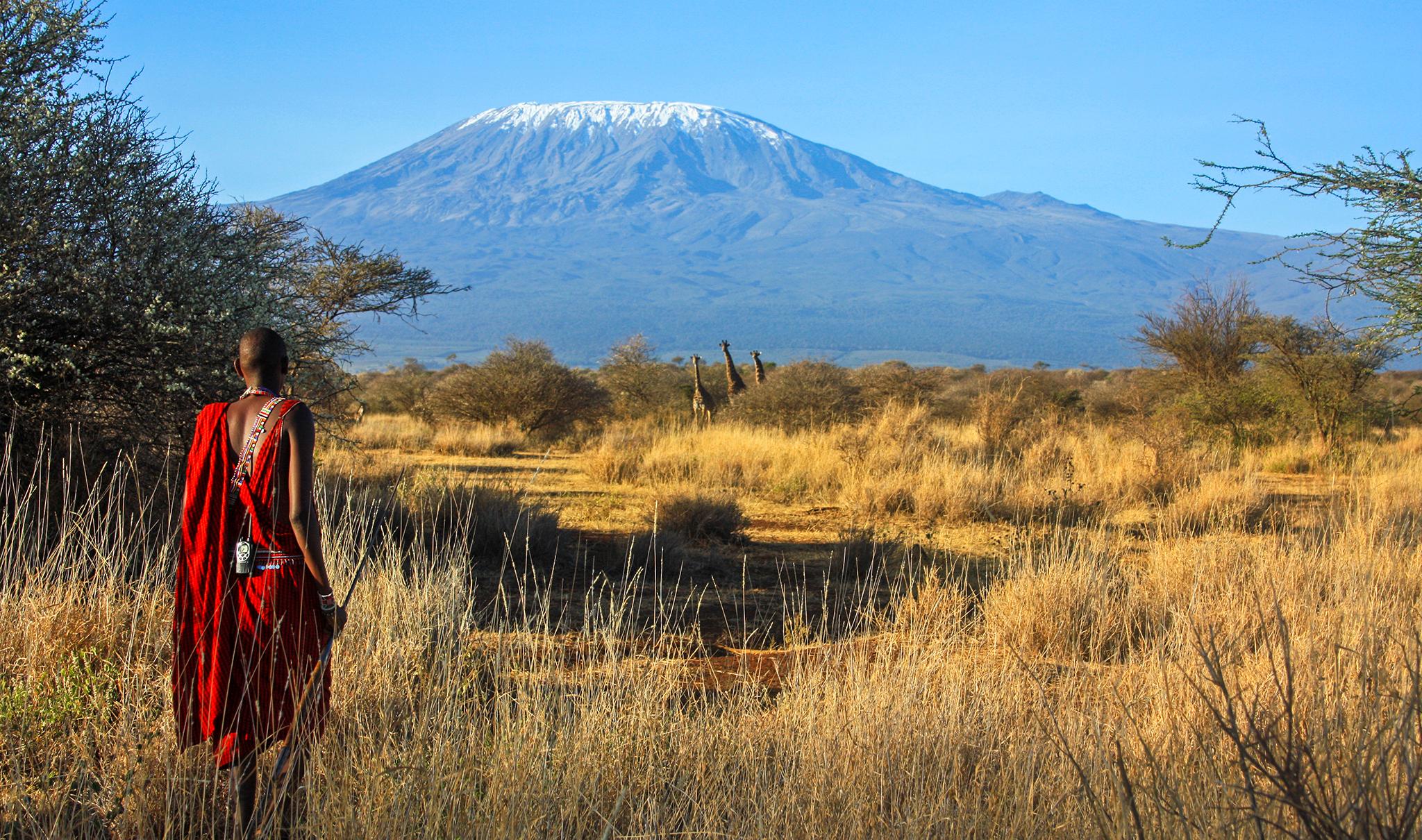
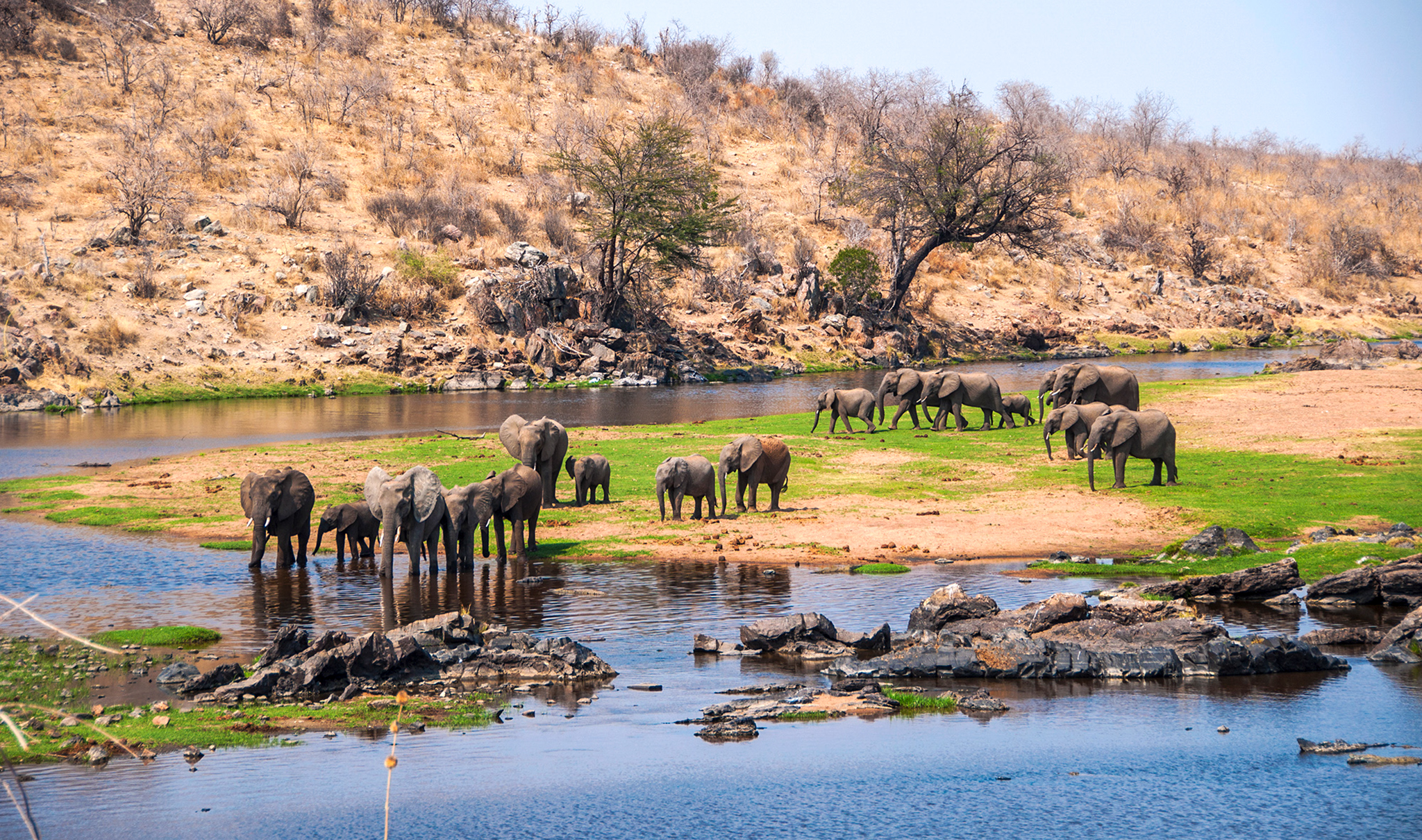
Is not true that all around hurt is number of the wives,another hurt are live by boys or morani,
Not true that waarusha originated froma pare tribe from kilimanjaro the true is waarusha are one of the maasai tribe how settle at the slope of Mountmeru Permanantly without migraate like other maasai due to environment they change live style food and culture they share some cultural activity like marage style ,songs ,ladership and ceremony they differ far from pare
Dear Loishiye,
thank you for your contribution on the Wa-arusha article.
The article suggests that women/wifes were living in round huts and men in box shaped houses, therefore the number of wifes could be counted easily. Appologies if that was not clear from the text. We also understand that this makes for a good Story but reality could be slightly different and the traditions are undergoing some changes too.
Please stop subdivision of the Maasai into MAASAI,SAMBURU,NJEMPS,BARAGUYU and WAARUSHA. Ilarusa are as Maasai as the Ilkisonko or Ilpurko. The late HON. Ole SAIBULL, former Tz minister, ARUSHA TOWN MP and Director, TNP,used to commentate on WILDLIFE FILMS.He used to say”WE MAASAI” and not “THE MAASAI” do this or that.
I agree that the ILARUSA MAASAI assimilated some MERUS and CHAGGAS.
Dear Daniel,
thank you for your constructive contribution to this article. We believe that in the blog post the intention of the author was not about dividing Maasai into different groups. It reflects more the author’s knowledge about the history of the Wa-Arusha people and focused on building traditional houses. The migration of Maasai tribe is probably very complex and historical not exactly recorded but we appreciate you sharing your knowledge with us. It was very wise of Ole Saibull to comment in the WE-form as it shows a deep identification with Maasai culture and the regional groups throughout East Africa.
The WAARUSHA have just the same clans as other Maasai
My parents and my surrounding people told me that, we’re the Waarusha and not Maasai.
On a little knowledge I have about Waarusha and Maasai is that, ?
Waarusha are not engage in pastoralism only, but also engage in crops cultivation for almost 60%,their are good also in business but Maasai are pastoralist for almost 85%.
The Arushan language (Kiarusha),resemble to some extent with Bantu words Example Shule, Kanisani, ng’ombe and so on .
Waarusha also in traditional education, they resemble with Meru traditional education.
Finally, the origin of name Arusha(Arusha region) is from the existence of the Waarusha there before .
But further information through strong research is needed.
Yes that is true maasai and waarusha are deferent even languages
THIS ARTICLE IS INSIGHTFUL AND ALSO FULL OF VITALITY REGARDLESS OF THE CONTRADICTIVE VIEWS FROM THE COMMENTATORS…….
I FOR ONE HAVE LEARNED SOMETHING, KUDOS
Sure much research is still needed in trying to distinguish the waarusha from the wamaasai
For me personal I don’t see much difference but a small of it is that……the waarusha are the wamaasai lives in towns while the wamaasai lives in rural areas…….
Waarusha /Ilarusa yes are descendants of half cast Merus and Chagas who settled in Arisha-Maa land,they chose to adopt the Maa way of life, traditional practices,the language etc they’re also known as the Kwavi/Ilkapi..and they’re known for farming and famous for trading as opposed to the pure Maa who are strictly pastoralists across Tz and Kenya,
The waarusha and maasai are almost the same,what differentiates them is just the environment, for example, they spoke the same language although the waarusha use some borrowed words from their surrounding societies,it doesn’t mean they are differ with the maasai, also they are the same in term of ceremonies, initiations, dressing style, marriage, etc.
So the word waarusha was just termed for those people living in Arusha region especially the town areas ….but all in all there is no way one can differentiates the maasai divisions ( ilishon).
Thank you for good language research
Waarusha tribe originally from the City Arusha historically were hidden because of different traditional and custom exposure.
Let’s prepare thesis to support the text.
By compare Maasai and Wa Arusha tribe were different but share some of distinct feature of language especially in phonological strata…
From the dialogue about Waarusha and Maasai, we refers to ethnographic and mixed language concepts. Both they share the same dialects, however there are a lot of differences between these languages…
I passed through various writings and findings still more researches is needed to clear the doubt on the clear differences btn waarusha and wamasai
I suggest better research before writing about the waarusha.Their history is know and has been documented by the early Missioneries.Please research before you write stuff that is not true.The Illarusa just as a hint originate from Arusha Chini,where they were known as Ilkikoine/Ikikweni refer to Merker and Dundas please.The Maa speaking tribes in Tanzania include Ilkisonko of Simanjiro and Monduli, the Maasai of Ngorongoro,Loiondo.
But you also have groups that are Maa but and distinct from Maasai like the ILtorobo,the Ilarusa,ailoikop of Morogoro ,Tanga etc.
Just as the Njemps,Samburu are distinct from the Maasai of Kenya.
The aspect of assimilating neighbouring tribes like the or intermarriage has happened in all Maasai sections and the Maa sections.There is mostly no pure section of Maa speakes,be it in Kenya and Tanzania.
Another specialist on the Waarusha/Illarusa is the first Missionary Fokken from the Leipzig Mission has written extensively on the Waarusha and their origin of Arusha Chini.
See Herman Fokken,” Erzählungen und Märxhen der Larusa;Berlin 1917″ Also Herman Fokken,”Das Verhältnis der Larusa zu den Maasai:Ihre religiösen Anschaungen,Sitten und Gebräuche der Maasai und Larusa.(Afrika and. 204 Manuskripte)
The waarusha and maasai are almost the same,what differentiates them is just the environment, for example, they spoke the same language although the waarusha use some borrowed words from their surrounding societies,it doesn’t mean they are differ with the maasai, also they are the same in term of ceremonies, initiations, dressing style, marriage.